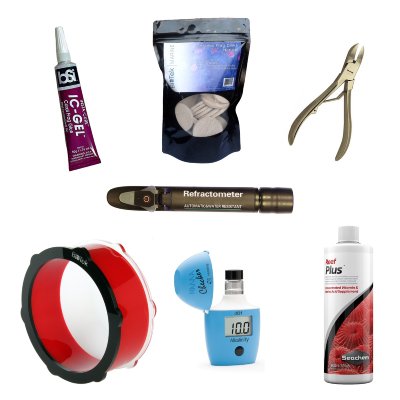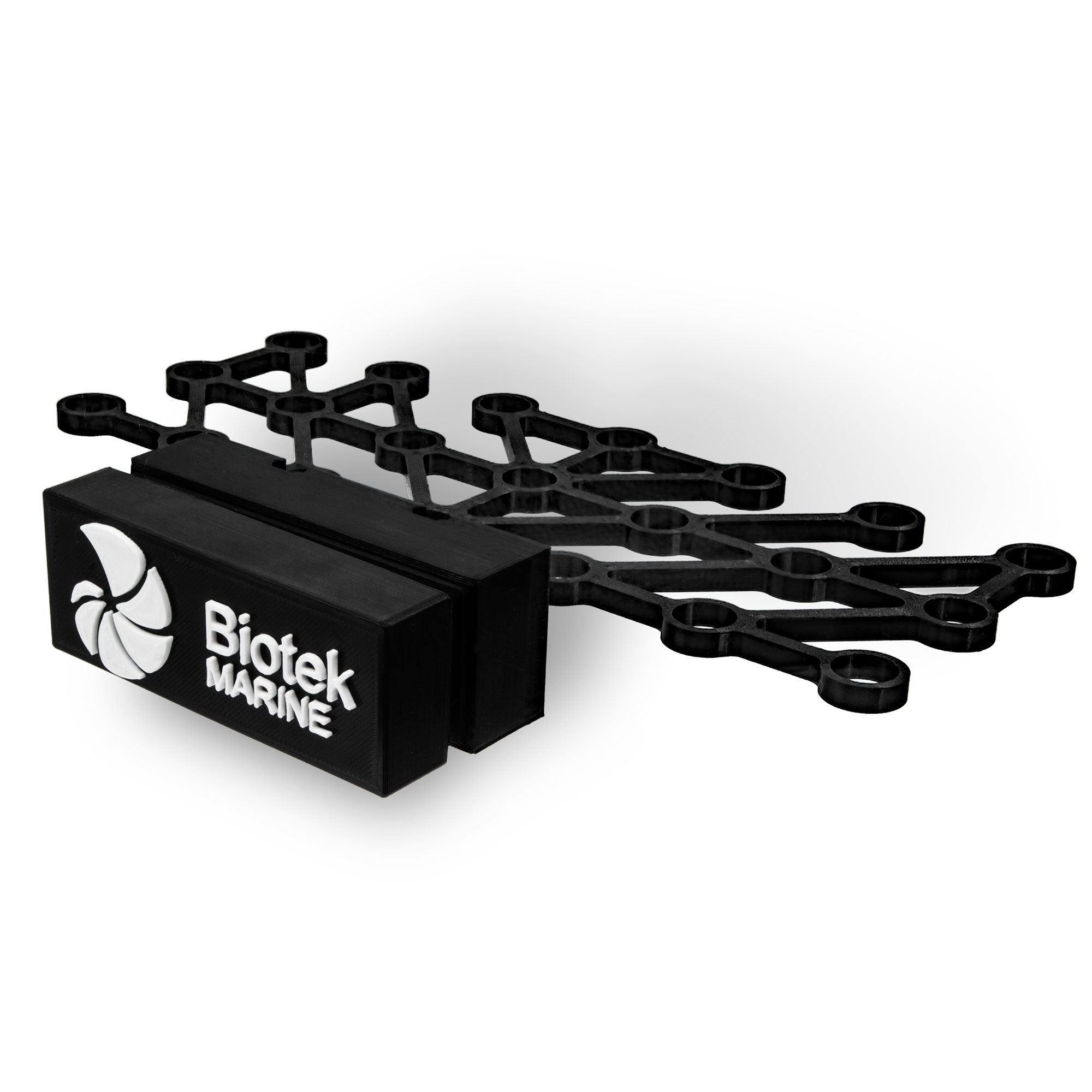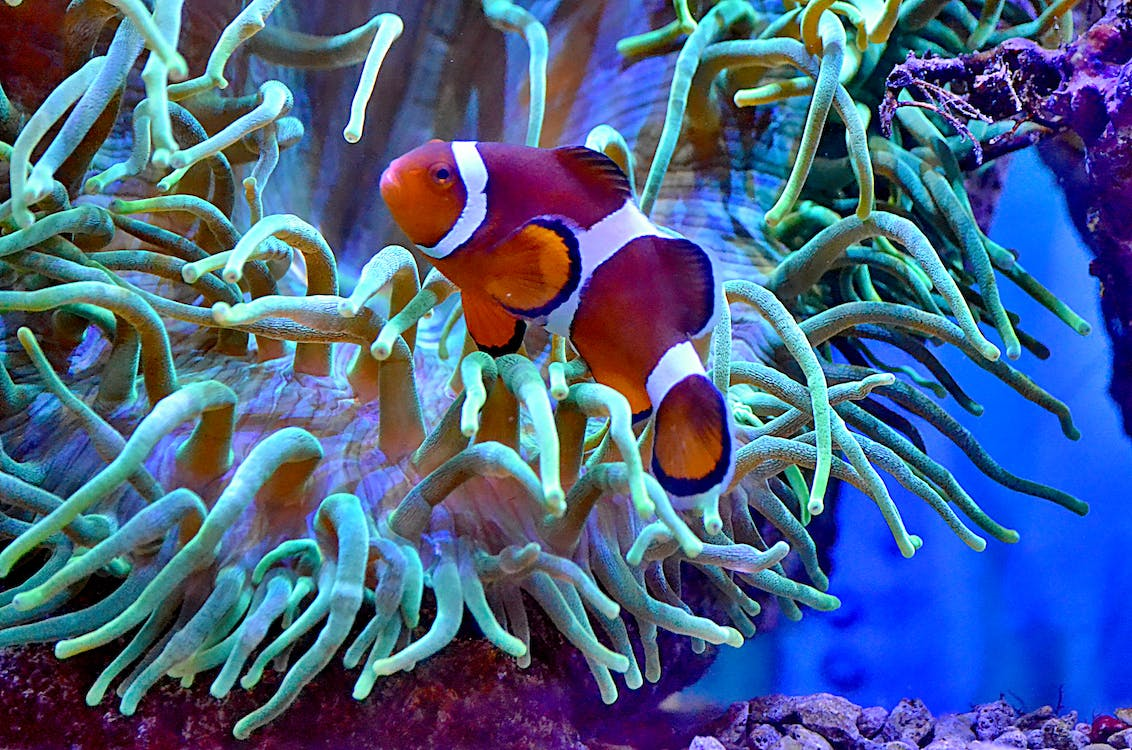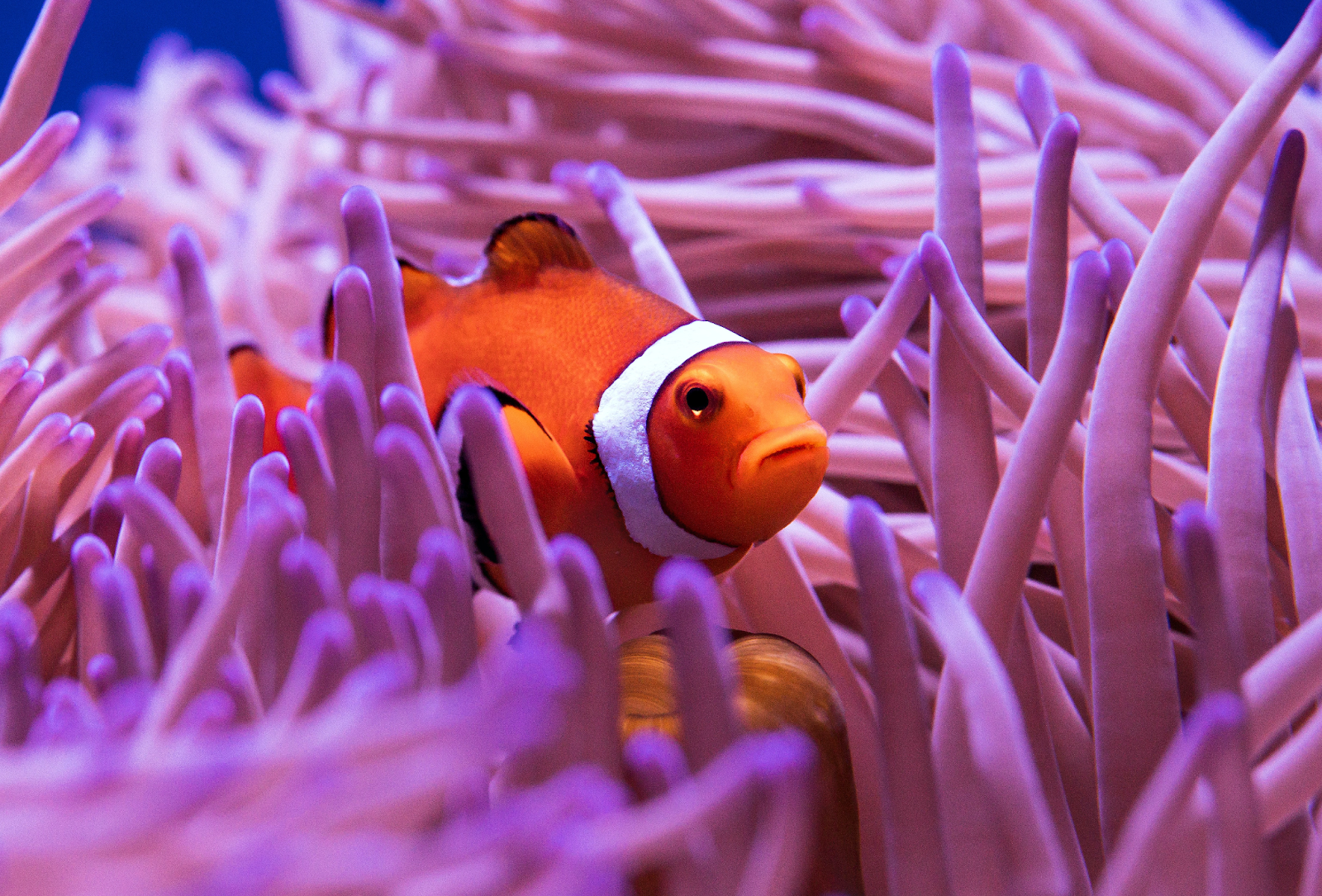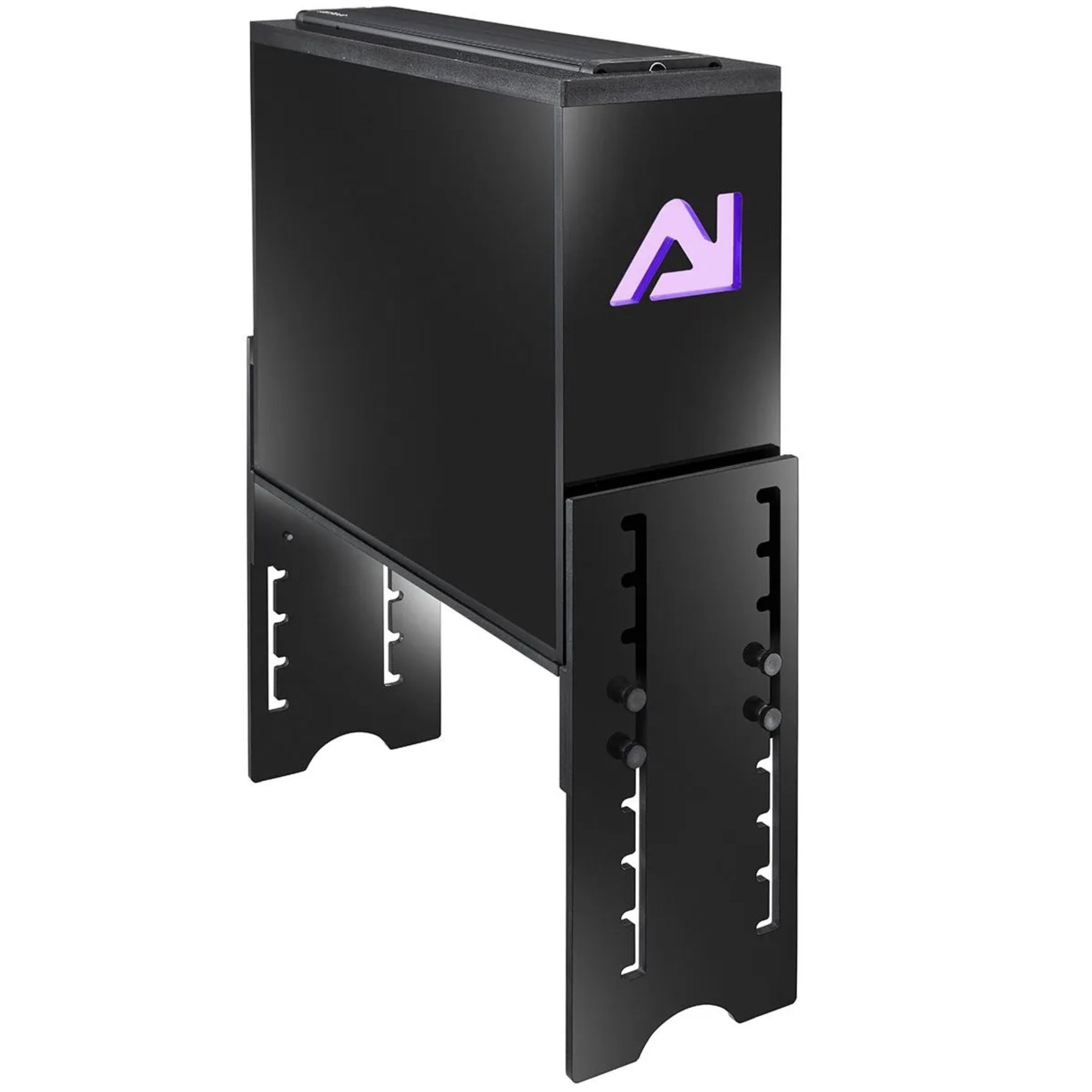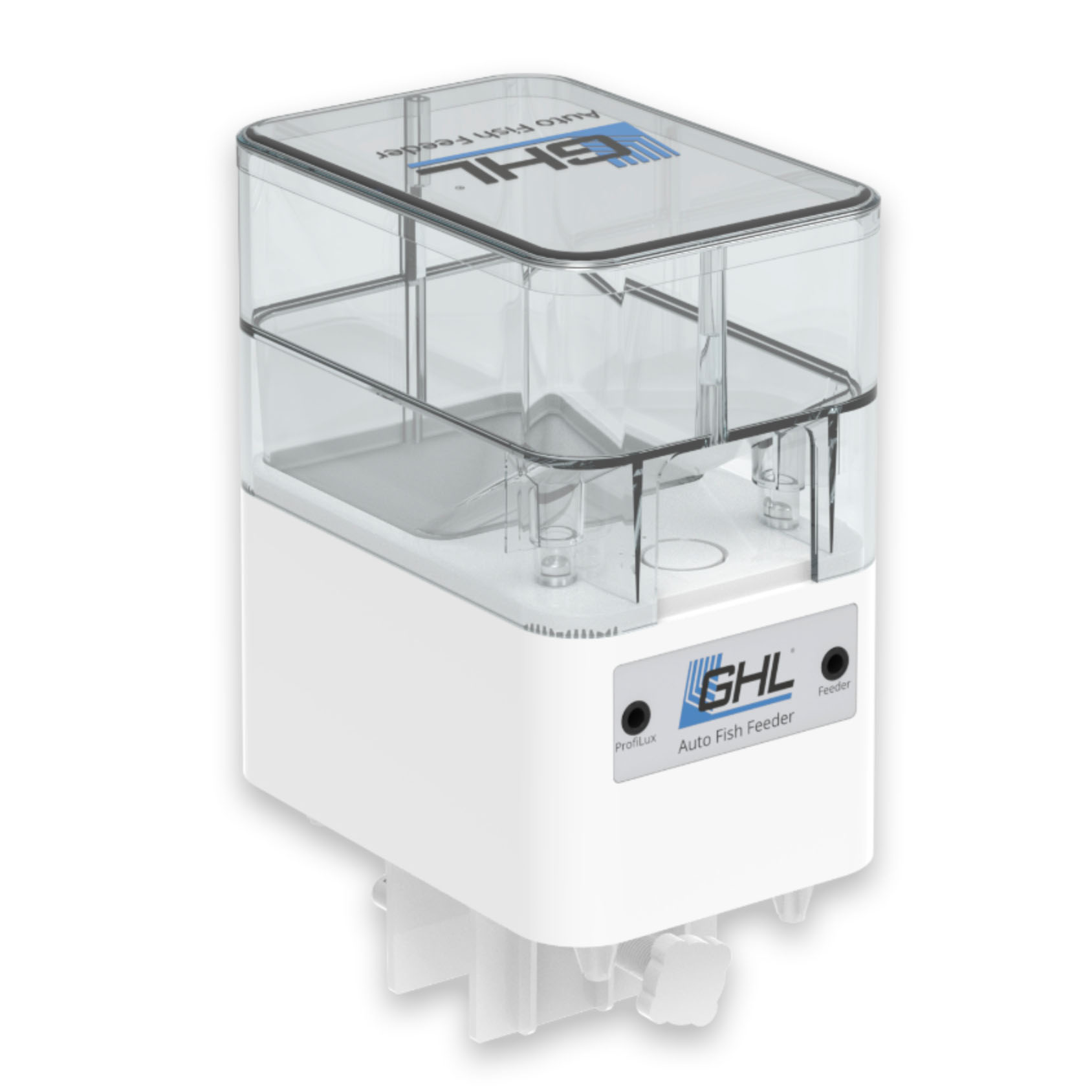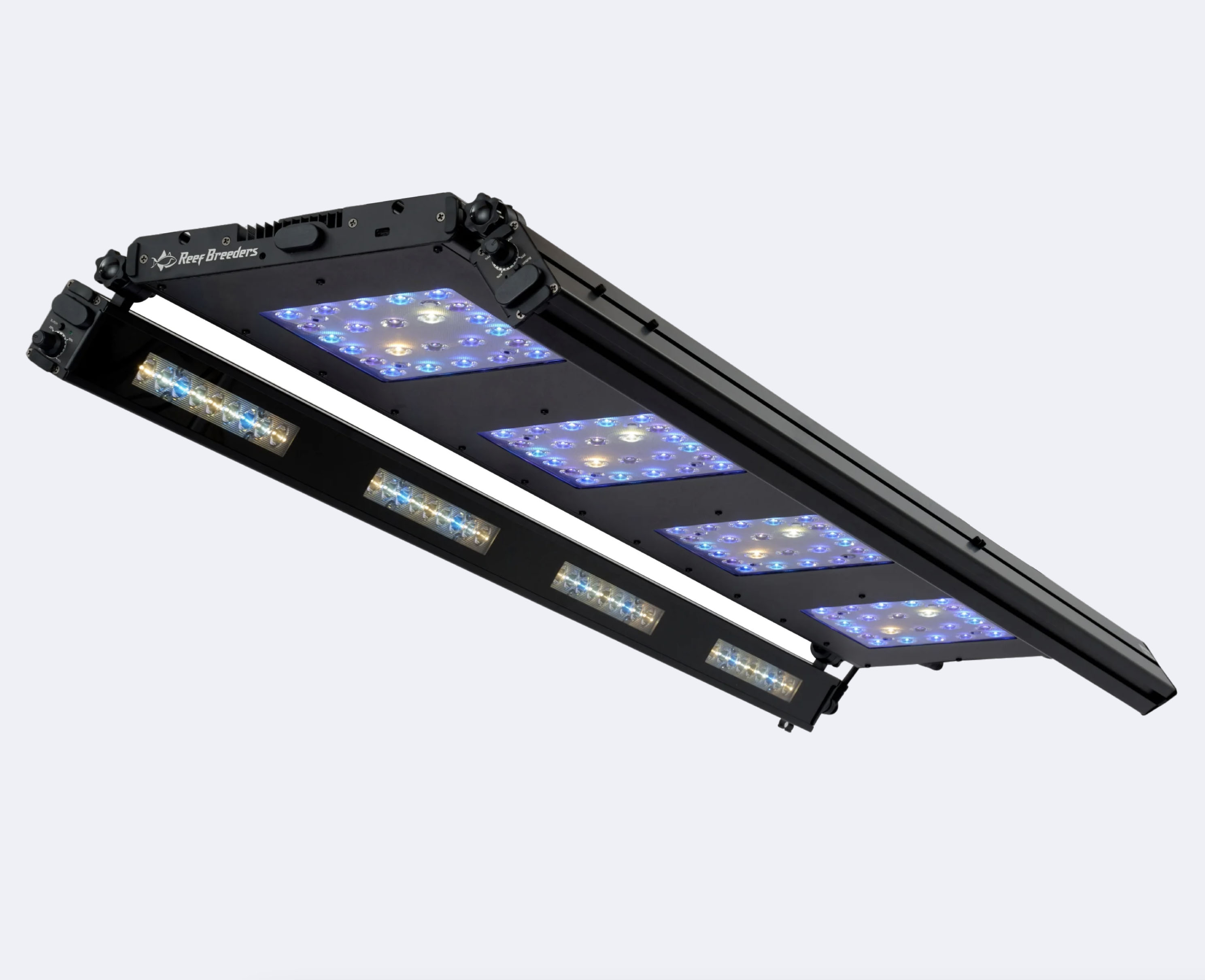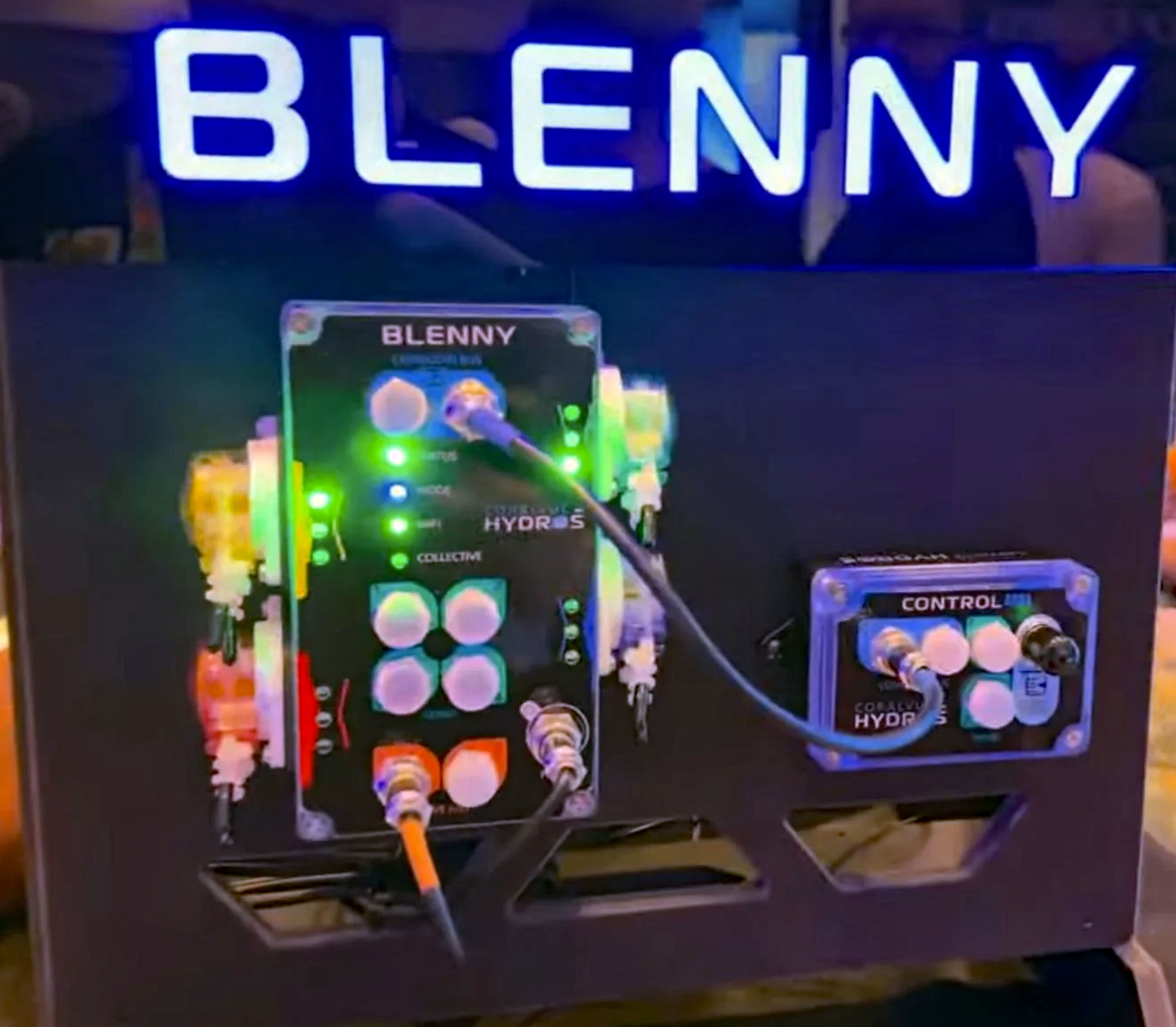We use cookies to make your experience better. To comply with the new e-Privacy directive, we need to ask for your consent to set the cookies. Learn more.
Top 20 Saltwater Fish for Beginners in the Aquarium Hobby
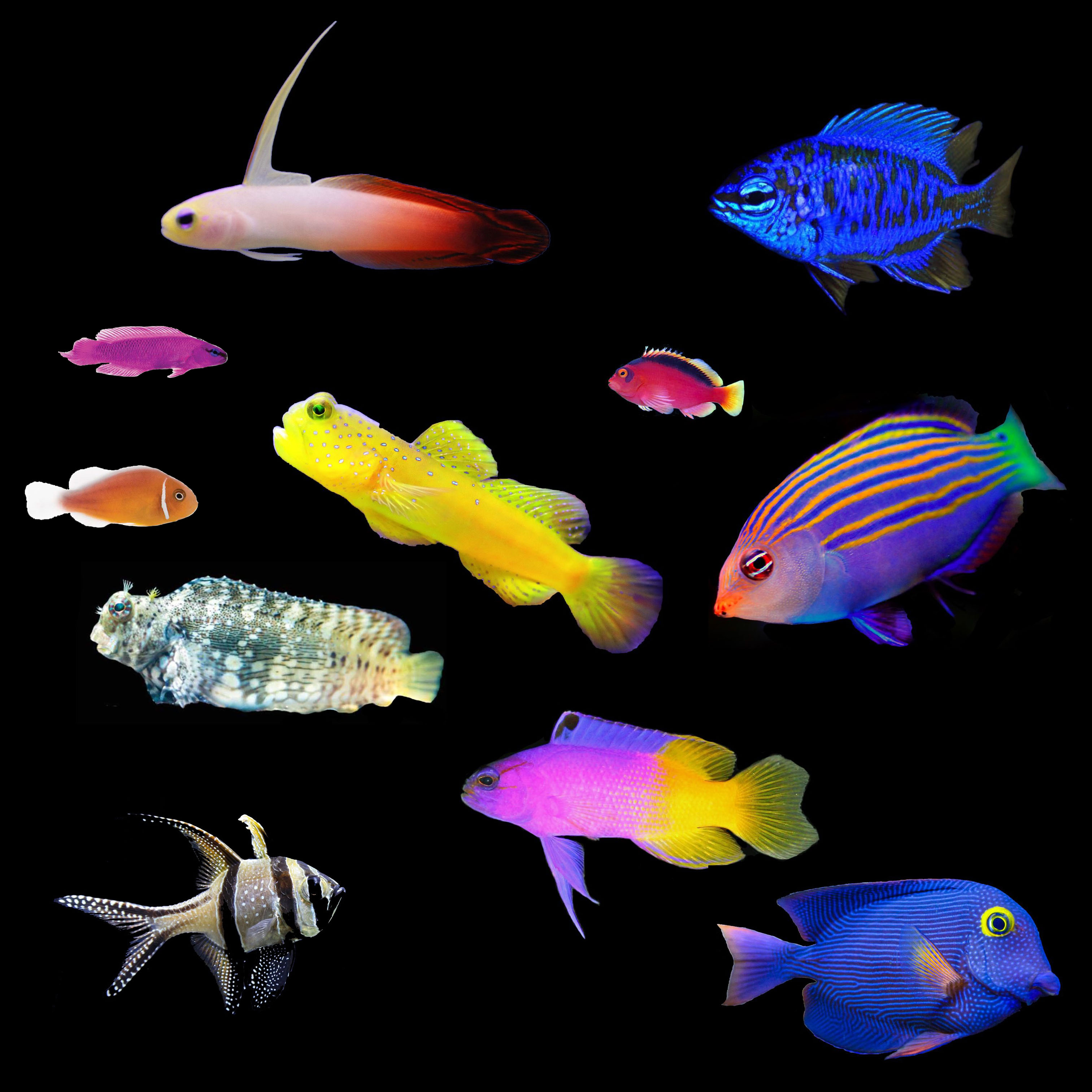
Starting a saltwater aquarium can be a rewarding experience, especially when you select the right fish species. For beginners, choosing hardy and adaptable fish is essential to ensure a successful start. This article presents the top 20 saltwater fish for beginners, including scientific details, care requirements, reef compatibility, common diseases, and price ranges. Please note that market prices fluctuate, and the figures provided are average estimates at the time of writing. Below are our top 20 beginner fish, starting with the ever popular clownfish.
Note: Be carefull when selecting medications for fish treatment. Not all medications are Reef Safe and most are not!
1. Clownfish (Amphiprioninae sp.)
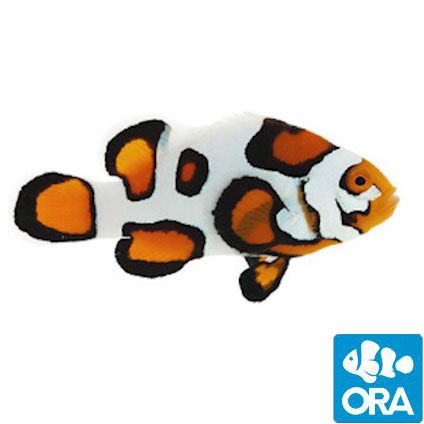
Scientific Details: Clownfish are iconic for their vibrant orange and white coloration and their symbiotic relationship with sea anemones. They are native to the Indo-Pacific region. Of the nearly 30 reconized species of clownfish, two types are more commonly found and reconized in the aquarium hobby and they are Amphiprion percula and Amphiprion ocellaris. In addition to percula and ocellaris clownfish, clarkii, perideraion, biaculeatus are also commonly available in the hobby. For more inforamtion about clownfish please refer to our article entitled, LIFE IN BUBBLES: THE REAL AGE OF CLOWNFISH or visit HelloReef article if you are intrested in a Clownfish habitat tank.
- Husbandry: Adaptable to various tank setups and water conditions. Lifespan - refer to our article on Clownfish.
- Reef-Safe: Yes, they are reef-safe.
- Price Range: $20-$50 but expect to pay more for some captive bred designer clownfish varieties.
- Common Diseases:
- Ich (Ichthyophthirius multifiliis): White spots on the body. Treat with copper-based medications or formalin baths.
- Clownfish Disease (Brooklynella): Rapid gill movement and discolored patches. Treat with copper-based treatments or reef safe medications when invertebrates are present.
2. Springeri Damselfish (Chrysiptera springeri)
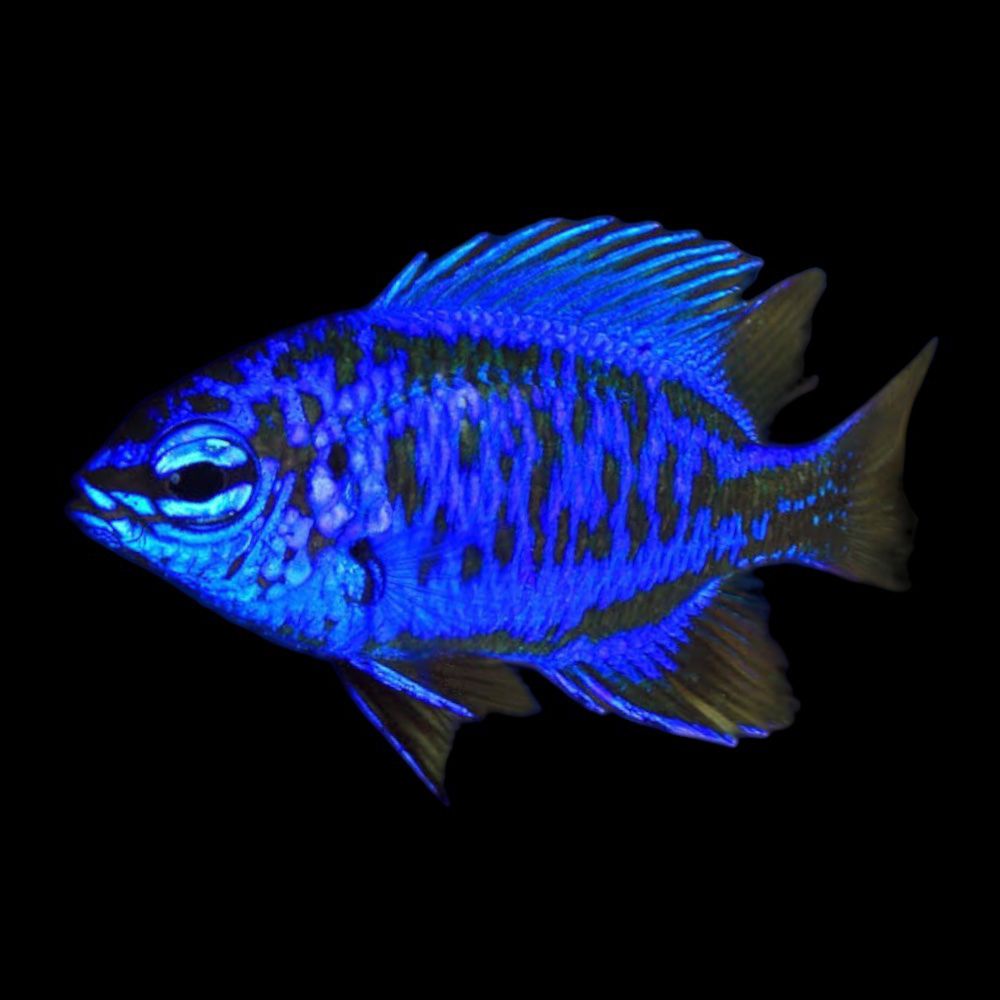
Details: There are a wide variety of damselfish species and we are only naming 3 of them in this article and we have included the Springeri as a top choice becuase of there pest eating ability in a reef aquarium setting. Damselfish are small, colorful fish from the Indo-Pacific, known for their resilience and aggressive nature.
- Husbandry: Hardy and tolerate a range of water conditions. Territorial behavior.
- Reef-Safe: Some species are reef-safe, but they can be aggressive, especially as they mature and become even more territorial.
- Price Range: $15-$35
- Common Diseases:
- Velvet Disease (Oodinium spp.): Dusty appearance. Treat with copper-based medications and improve water flow.
- Marine Ich (Cryptocaryon irritans): White spots on the fish. Treat with copper-based medications or hypo-salinity.
3. Royal Gramma (Gramma loreto)
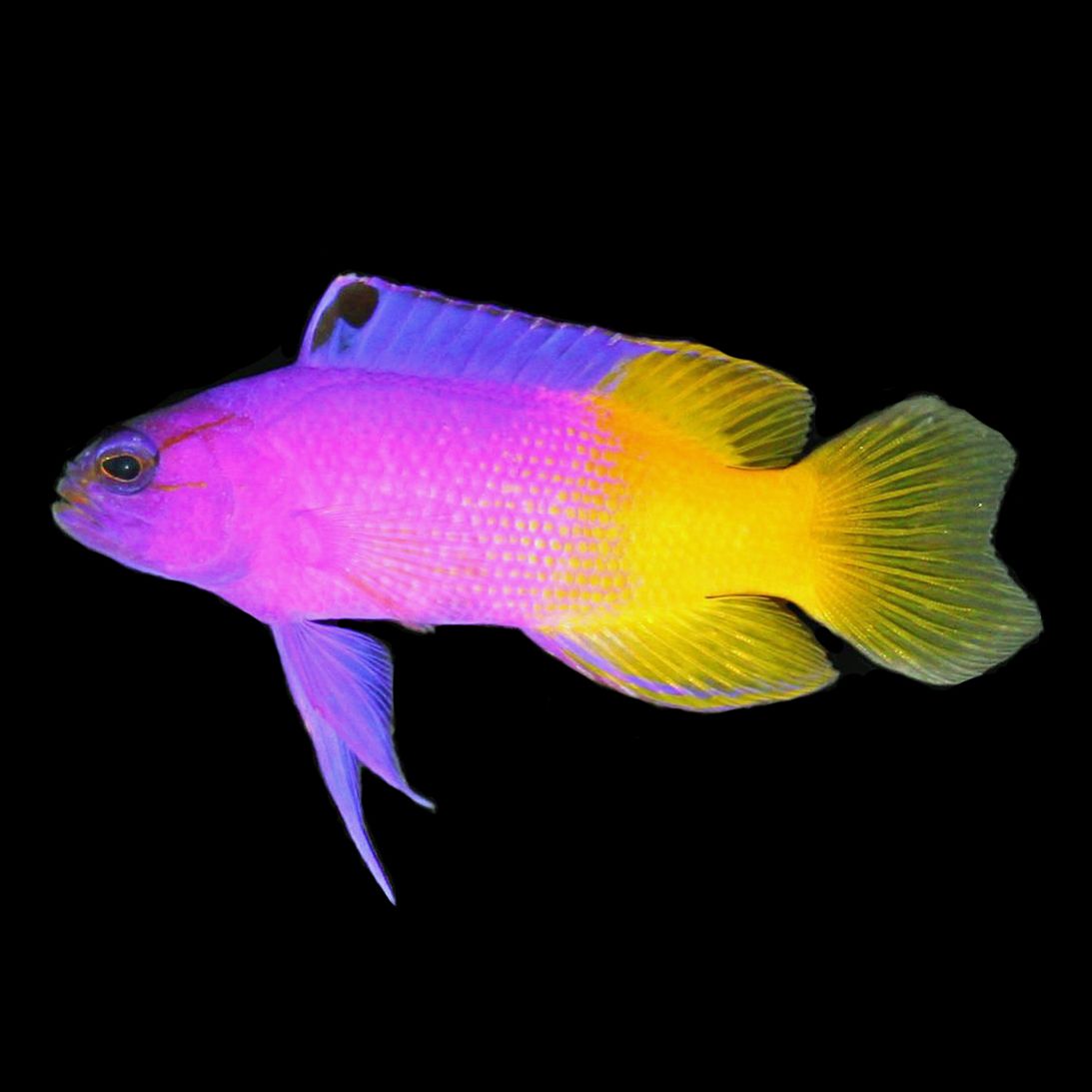
Details: Royal Gramma, also known as Gramma Basslet, is native to the Caribbean and features striking purple and yellow colors. Originating from the Caribbean Sea and Western Atlantic, this vibrant fish is a peaceful and inquisitive fish species with a lot of personality!
- Husbandry: Prefers hiding spots, peaceful, and can live up to 5 years.
- Reef-Safe: Yes, it is reef-safe.
- Price Range: $30-$60
- Common Diseases:
- Brooklynella: Rapid gill movement and discolored patches. Treat with copper-based treatments or reef safe medications when invertebrates are present.
- Marine Ich: White spots on the fish. Use copper-based treatments or hypo-salinity.
4. Firefish (Nemateleotris magnifica)
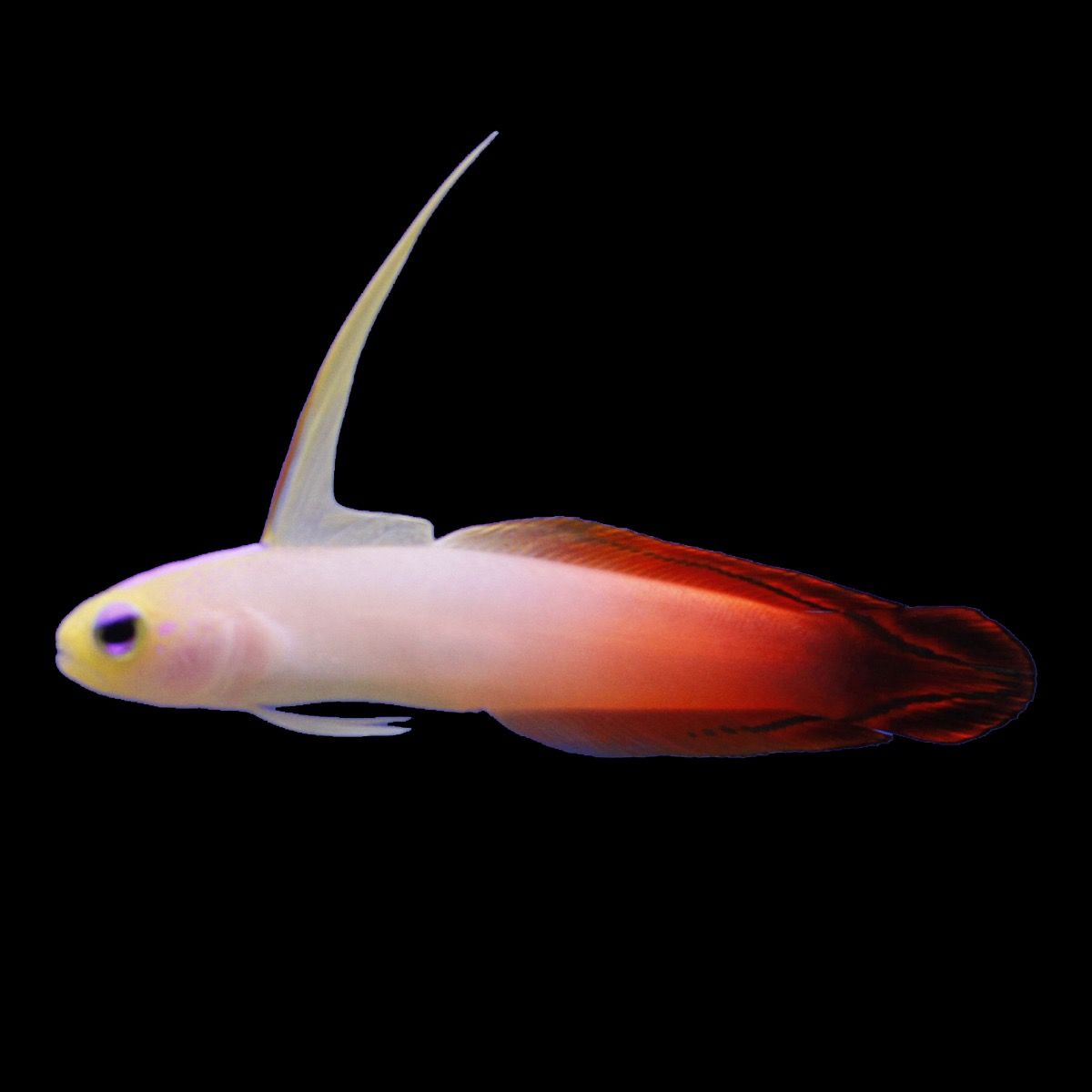
Details: Firefish, or Fire Goby, are native to the Indo-Pacific and are known for their vibrant red and white coloration. There are several species of firefish but we have listed magnifica as a top choice due to it's lower price range.
- Husbandry: Prefers peaceful tanks with hiding spots. Shy and may jump, so secure lids are essential.
- Reef-Safe: Yes, Firefish are reef-safe.
- Price Range: $20-$45
- Common Diseases:
- Ichthyophthirius (Ich): White spots. Treat with copper-based medications or formalin baths.
- Skin Erosion: Improve water quality and treat with antibiotics if necessary.
5. Banggai Cardinalfish (Pterapogon kauderni)
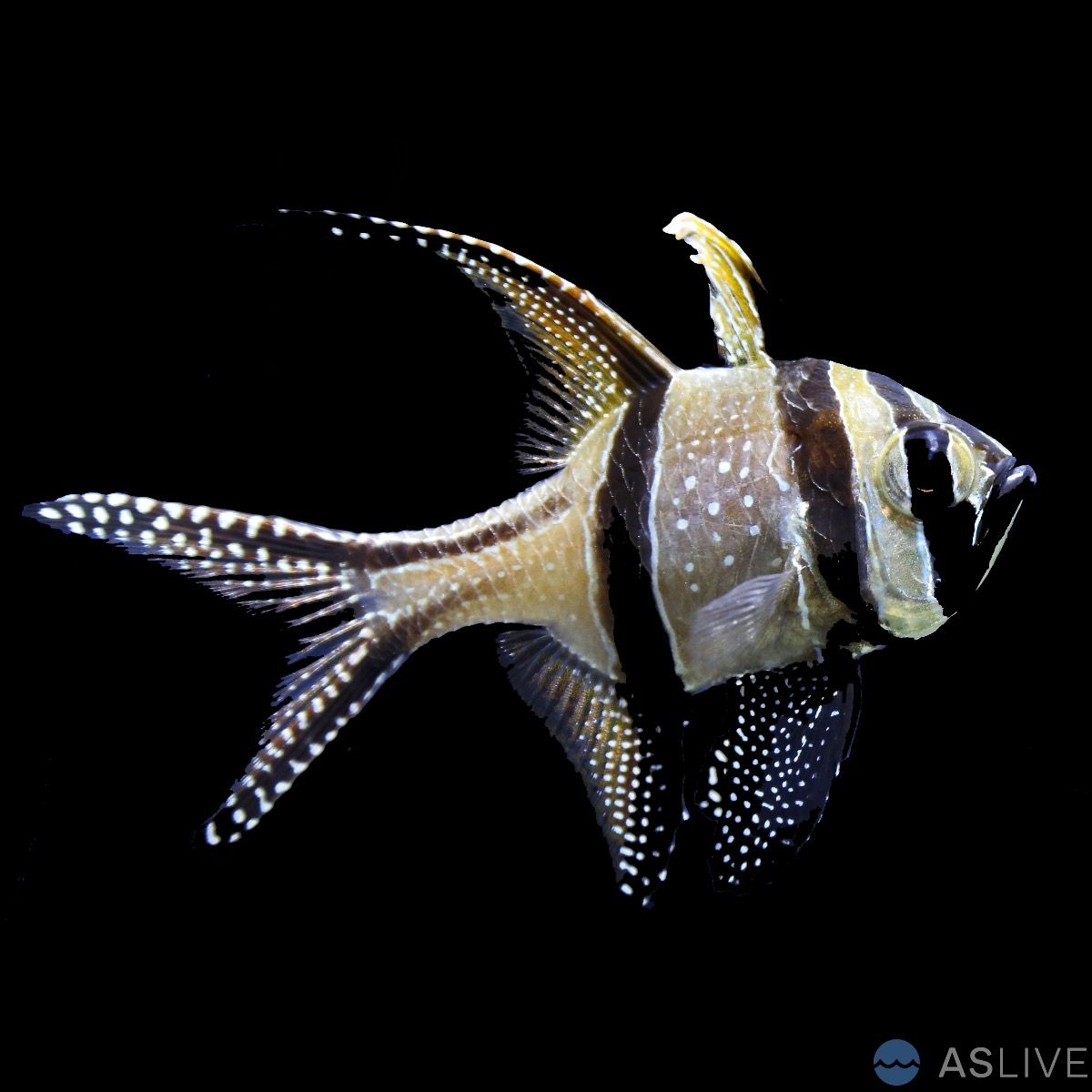
Details: Native to Indonesia, Banggai Cardinalfish are recognized by their silver body and long pectoral fins.
- Husbandry: Easy to care for, prefers calm tank mates, and can live up to 5 years.
- Reef-Safe: Yes, they are reef-safe.
- Price Range: $25-$55
- Common Diseases:
- Marine Ich: White spots on the body. Treat with copper-based medications or hypo-salinity.
- Brooklynella: Rapid gill movement and discolored patches. Treat with copper-based treatments or reef safe medications when invertebrates are present.
6. Green Chromis (Chromis viridis)
Details: Green Chromis are small, schooling fish native to the Indo-Pacific, known for their bright green color. These fish are considered by many to be a good beginner fish but keep in mind they have a lower success rate than some of the other fish on list. Once acclimated they generally do well in schools of 3 or more.
- Husbandry: Best kept in groups, hardy, and active. Requires ample swimming space.
- Reef-Safe: Yes, Green Chromis are reef-safe.
- Price Range: $10-$25
- Common Diseases:
- White Spot Disease (Ich): White spots. Treat with copper-based treatments or reef safe medications when invertebrates are present.
- Fin Rot: Caused by poor water quality. Improve tank conditions and treat with antibiotics.
7. Pajama Cardinalfish (Sphaeramia nematoptera)
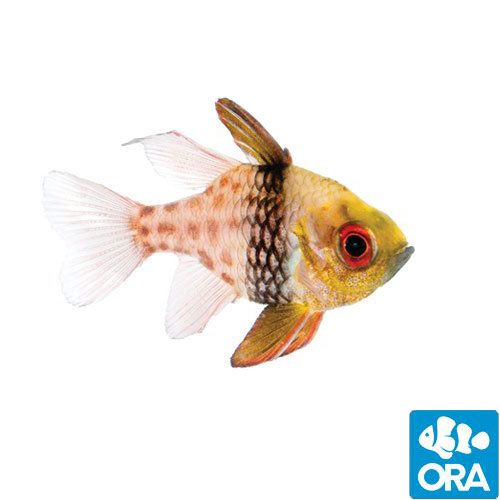
Details: Pajama Cardinalfish are known for their unique coloration resembling pajamas and are native to the Indo-Pacific.
- Husbandry: Nocturnal, hardy, and adaptable. Prefers dim lighting.
- Reef-Safe: Yes, they are reef-safe.
- Price Range: $20-$50
- Common Diseases:
- Marine Ich: White spots. Use copper-based treatments or hypo-salinity.
- Velvet Disease: Dusty appearance. Treat with copper-based medications and improve water flow.
8. Gobies (Gobiidae)
Details: Gobies are a diverse group of small fish found in tropical and temperate waters, known for their unique behaviors and adaptability.
- Husbandry: Generally easy to care for, prefer sandy substrates for burrowing.
- Reef-Safe: Yes, most gobies are reef-safe.
- Price Range: $15-$40. Some prices can range higher for captive bred varieties.
- Common Diseases:
- White Spot Disease (Ich): Causes white spots. Treat with copper-based medications, formalin baths or reef safe medications.
- Skin Flukes: Causes skin irritation. Treat with praziquantel or formalin.
9. Hawkfish (Cirrhitidae)
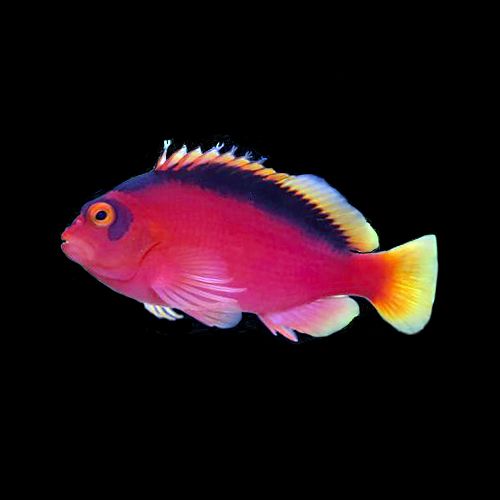
Details: Hawkfish are characterized by their perch-like appearance and are found in the Indo-Pacific.
- Husbandry: Prefers plenty of rockwork and can be aggressive towards smaller fish and invertebrates.
- Reef-Safe: Not typically reef-safe due to their predatory nature.
- Price Range: $30-$70
- Common Diseases:
- Marine Ich: White spots. Treat with copper-based medications or hypo-salinity.
- Velvet Disease: Dusty appearance. Use copper-based treatments and ensure proper water flow or use reef safe medications.
10. Blennies (Blenniidae)
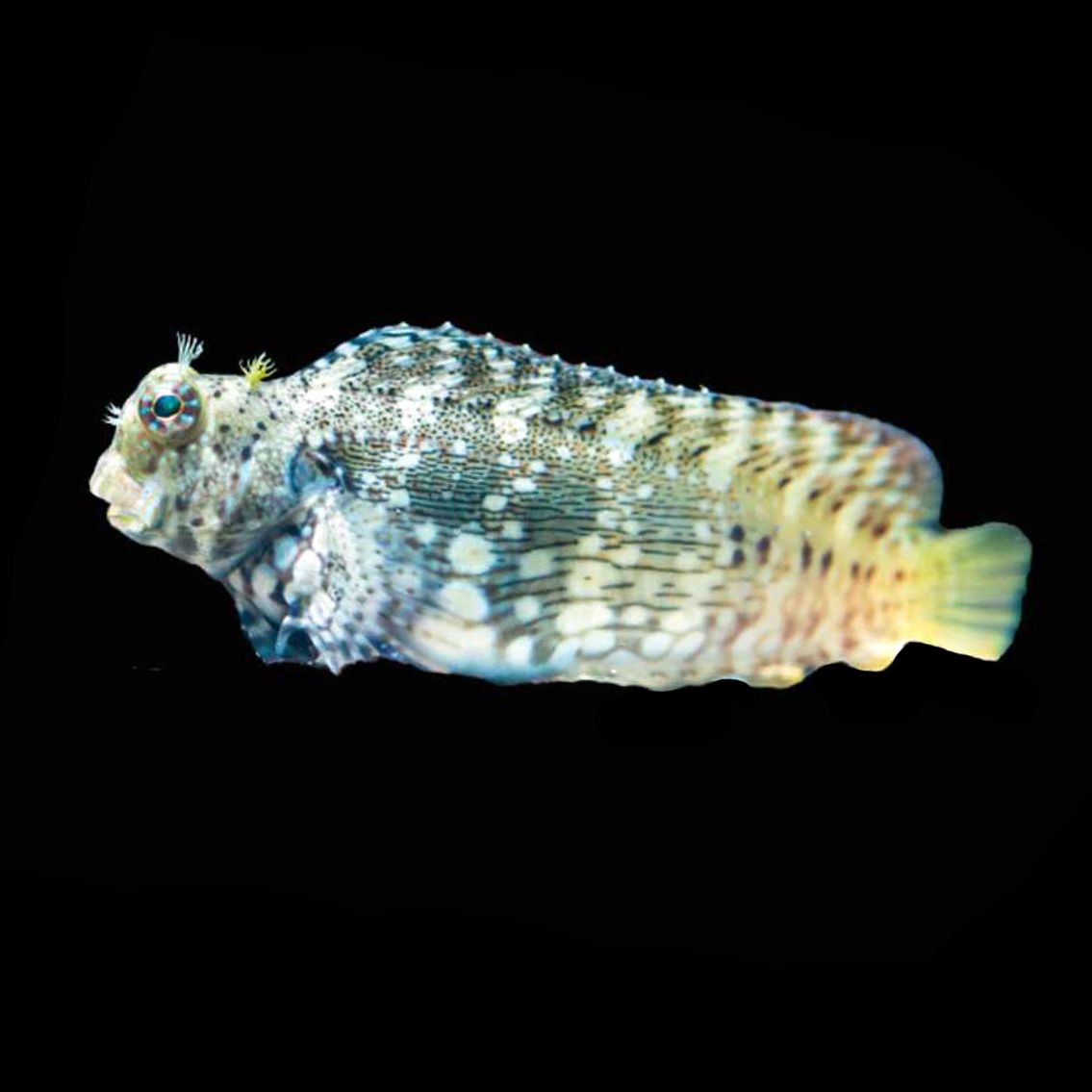
Details: Blennies are small, colorful fish with various patterns, found in tropical and subtropical waters.
- Husbandry: Easy to care for, prefer tanks with rockwork for grazing. Generally peaceful.
- Reef-Safe: Yes, most blennies are reef-safe.
- Price Range: $20-$45
- Common Diseases:
- Ichthyophthirius (Ich): Causes white spots. Use copper-based medications or formalin baths.
- Skin Erosion: Caused by poor water quality. Improve water conditions and treat with antibiotics.
11. Longfin Damselfish (Dascyllus aruanus)
Details: Longfin Damselfish are known for their distinctive long dorsal fins and are native to the Indo-Pacific.
- Husbandry: Hardy, adaptable, and territorial. Provide ample space and hiding spots.
- Reef-Safe: Some species are reef-safe but can be aggressive.
- Price Range: $15-$35
- Common Diseases:
- Marine Ich: Causes white spots. Treat with copper-based medications or hypo-salinity.
- Velvet Disease: Causes a dusty appearance. Use copper-based treatments and improve water flow.
12. Yellowtail Damselfish (Chrysiptera parasema)
Details: Yellowtail Damselfish are recognized by their bright yellow tail and blue body and are native to the Indo-Pacific.
- Husbandry: Hardy, easy to care for, and territorial. Provide space and hiding spots.
- Reef-Safe: Yes, they are reef-safe but can be aggressive.
- Price Range: $15-$35
- Common Diseases:
- Ichthyophthirius (Ich): Causes white spots. Treat with copper-based medications or formalin baths.
- Marine Velvet: Causes a dusty appearance. Use copper-based treatments and ensure proper water flow.
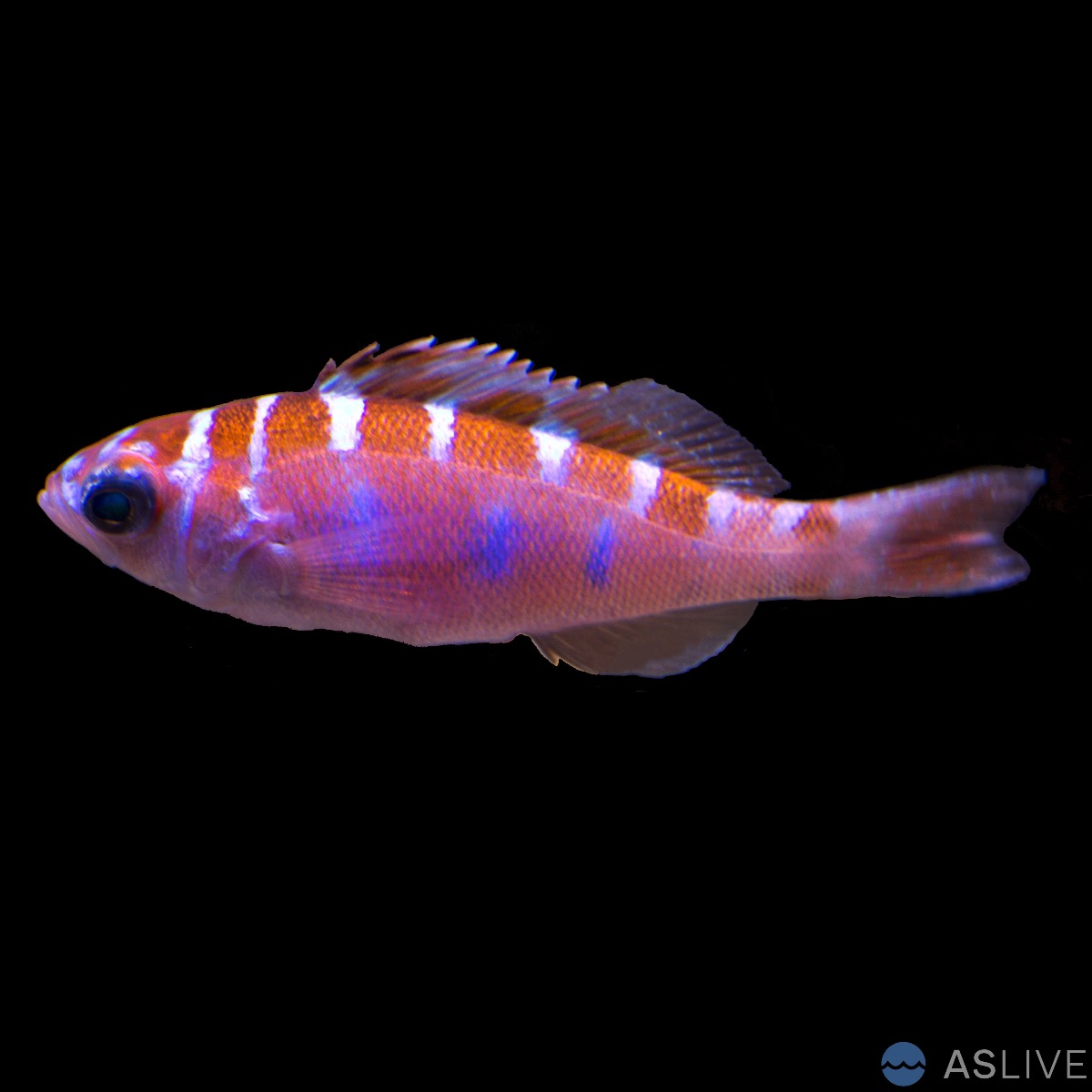
Details: Chalk Bass are small, colorful fish from the Caribbean, known for their striking patterns.
- Husbandry: Easy to care for, adapt well to various tank conditions, and prefer a tank with ample hiding spots. Generally peaceful.
- Reef-Safe: Yes, they are reef-safe.
- Price Range: $20-$50
- Common Diseases:
- Marine Ich: Causes white spots on the body. Treat with copper-based medications or hypo-salinity.
- Brooklynella: Causes rapid gill movement and discolored patches. Treat with formalin or copper-based treatments.
14. Orchid Dottyback (Pseudochromis fridmani)
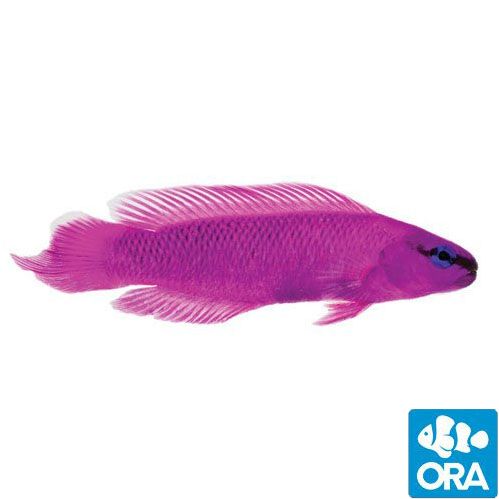
Details: Orchid Dottybacks are native to the Indo-Pacific and are known for their vibrant purple coloration.
- Husbandry: Generally easy to care for and adaptable to various tank setups. Can be territorial, so providing ample space and hiding spots is essential.
- Reef-Safe: Yes, Orchid Dottybacks are reef-safe.
- Price Range: $25-$55
- Common Diseases:
- Marine Ich: Causes white spots on the fish. Treat with copper-based medications or hypo-salinity or reef safe medications.
- Brooklynella: Causes rapid gill movement and discolored patches. Treat with formalin or copper-based treatments.
15. Blue Tang (Paracanthurus hepatus)
Details: Blue Tang, also known as the Palette Surgeonfish, is native to the Indo-Pacific and is famous for its vibrant blue coloration and yellow tail.
- Husbandry: Requires a larger tank due to its active swimming behavior and potential size. They are relatively easy to care for but need ample space and a varied diet.
- Reef-Safe: Yes, Blue Tangs are reef-safe.
- Price Range: $50-$150
- Common Diseases:
- Marine Ich: Causes white spots on the body. Treat with copper-based medications, hypo-salinity or reef safe medications.
- Velvet Disease: Causes a dusty appearance. Use copper-based treatments and ensure proper water flow.
16. Kole Tang (Ctenochaetus strigosus)
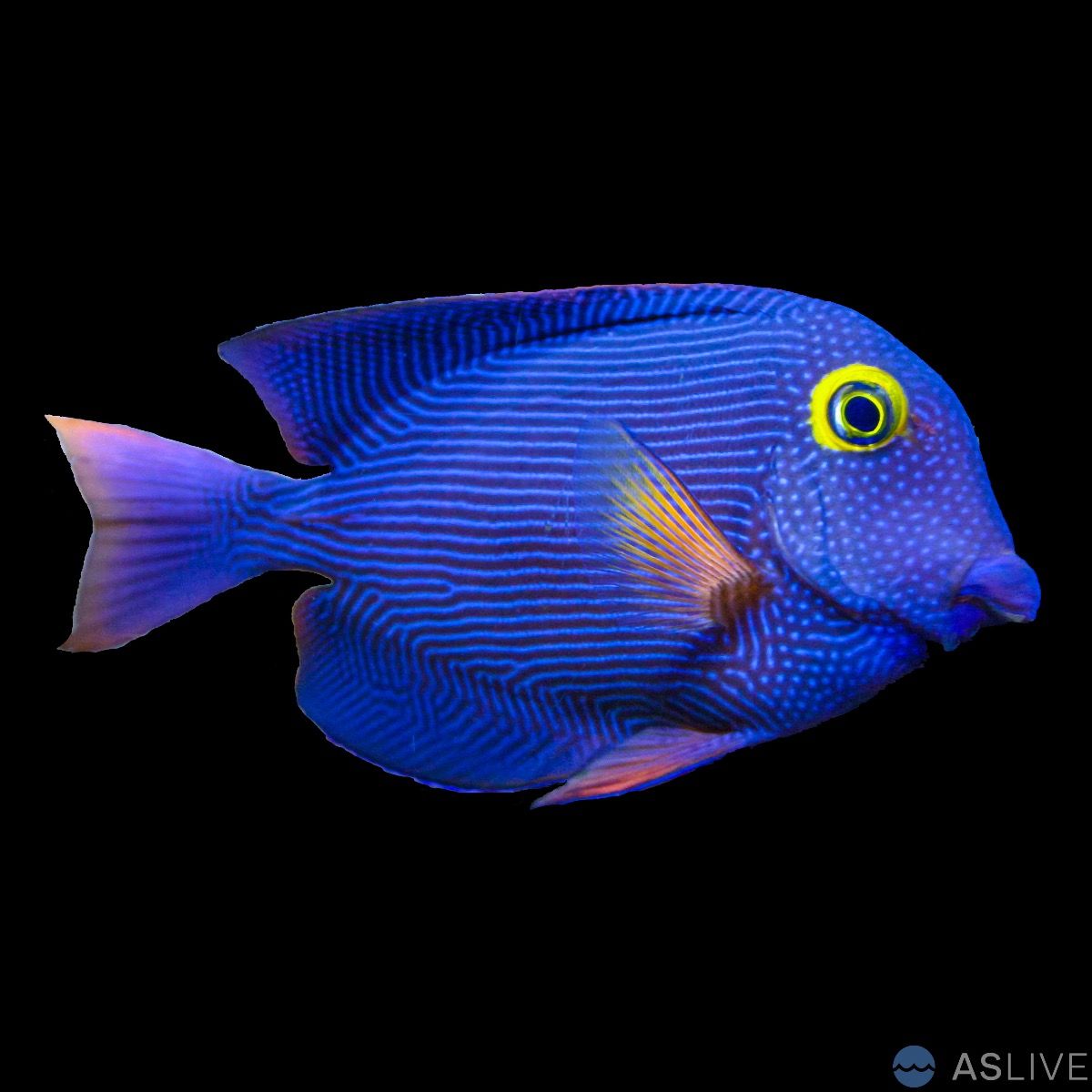
- Husbandry: They are relatively easy to care for and require a tank with plenty of rockwork for grazing. They are active swimmers and need space.
- Reef-Safe: Yes, Kole Tangs are reef-safe and there are a few different species commonly found in the aquarium including the yellow eye Kole Tang as show in the photo above.
- Price Range: $40-$90
- Common Diseases:
- Marine Ich: Causes white spots on the body. Treat with copper-based medications, hypo-salinity or reef safe medications.
- Velvet Disease: Causes a dusty appearance. Use copper-based treatments and ensure proper water flow.
17. Six-Line Wrasse (Pseudocheilinus hexataenia)
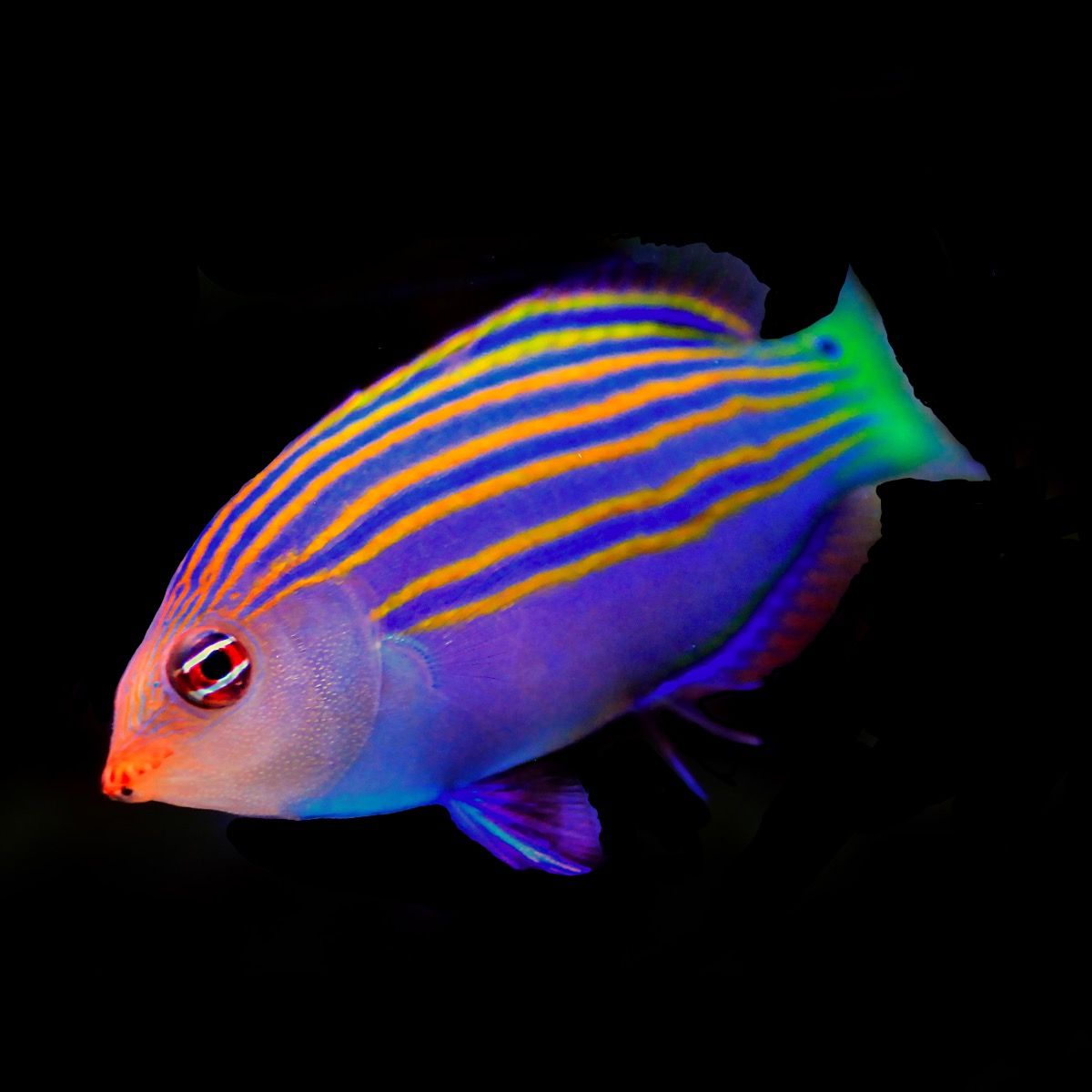
Details: The Six-Line Wrasse is native to the Indo-Pacific and is known for its distinctive six lines and vibrant colors.
- Husbandry: They are relatively easy to care for and require a tank with plenty of rockwork. They can be aggressive towards other wrasses but generally fit well in a peaceful community tank.
- Reef-Safe: Yes, Six-Line Wrasses are reef-safe.
- Price Range: $30-$70
- Common Diseases:
- Marine Ich: Causes white spots on the body. Treat with copper-based medications, hypo-salinity reef safe medications.
- Velvet Disease: Causes a dusty appearance. Use copper-based treatments and ensure proper water flow.
18. Pink Skunk Clownfish (Amphiprion perideraion)
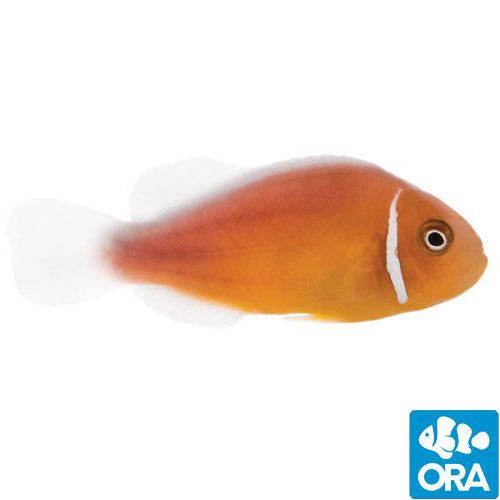
Details: Pink Skunk Clownfish are native to the Indo-Pacific and are recognized by their pink and white coloration.
- Husbandry: They are easy to care for and adapt well to a variety of tank setups. They are less aggressive compared to other clownfish species.
- Reef-Safe: Yes, Pink Skunk Clownfish are reef-safe.
- Price Range: $25-$50
- Common Diseases:
- Clownfish Disease (Brooklynella): Causes rapid gill movement and discolored patches. Treat with formalin or copper-based treatments and improve water quality.
- Ichthyophthirius (Ich): Causes white spots on the body. Use copper-based medications or formalin baths.
19. Yellow Watchman Goby (Cryptocentrus cinctus)
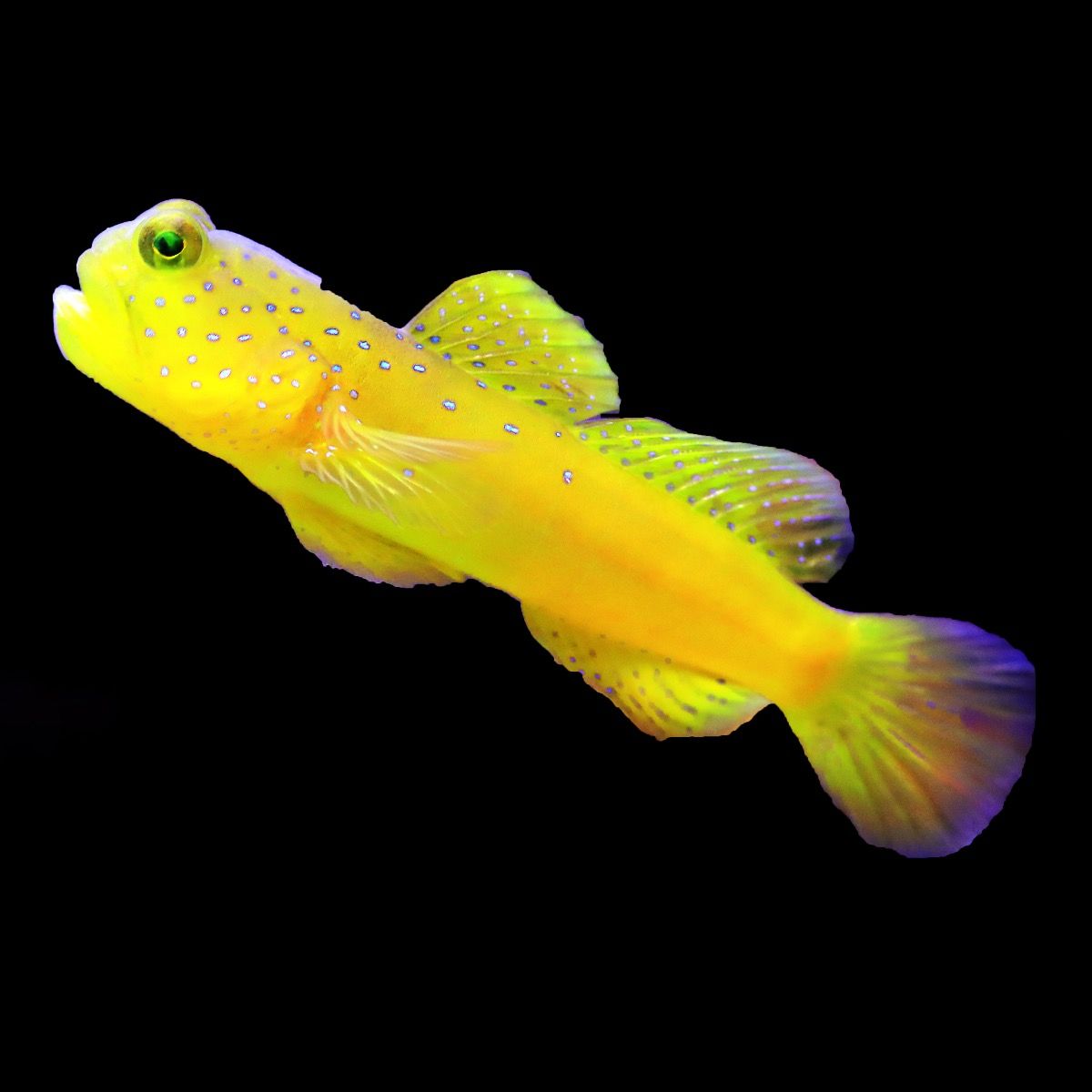
Details: Yellow Watchman Gobies are native to the Indo-Pacific and are known for their bright yellow color and interesting behavior.
- Husbandry: Easy to care for and enjoy a tank with plenty of hiding places. They often form symbiotic relationships with pistol shrimp.
- Reef-Safe: Yes, Yellow Watchman Gobies are reef-safe.
- Price Range: $20-$45
- Common Diseases:
- White Spot Disease (Ich): Causes white spots on the body. Treat with copper-based medications or formalin baths.
- Skin Flukes: Causes skin irritation. Treat with praziquantel or formalin.
20. Green Mandarin Dragonet (Synchiropus splendidus) - captive bred!
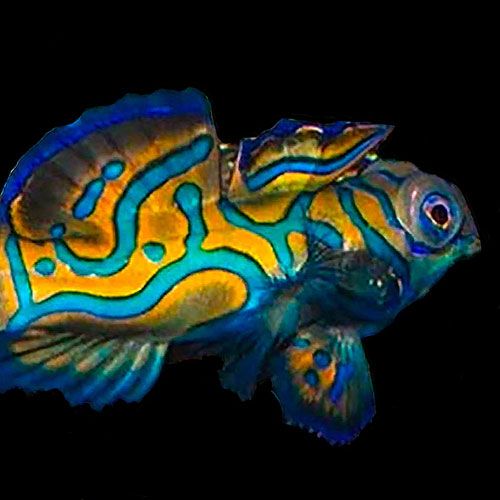
- Husbandry: Green Mandarins are beautiful but require a mature tank (wild caught) but captive bred mandarin gobies will eat pellet foods and are much easier to care for than wild caught mandarin fish! Wild caught specimens are much cheaper in the short term but they typically only survive with a robust copepod population that needs to be replenished with live copepods which makes them much more expensive in the long run. For this reason we only recommend captive bred mandarin fish.
- Reef-Safe: Yes
- Price Range: $30-$70 or more for captive bred fish.
Water Parameters for Saltwater Aquariums
- Temperature: 72-78°F
- pH: 8.1-8.4
- Salinity: 1.020-1.025
Selecting the right fish for your saltwater aquarium ensures a thriving and harmonious environment. Regular monitoring of water parameters and prompt treatment of diseases will help maintain a healthy tank. Remember, prices are subject to change based on market conditions, and the provided ranges are average estimates as of the time of writing. Thank for reading along and we hope that you enjoyed the article and that it helped you gain a better understanding of beginner saltewater fish recomendations.
About the Author

Monthly Archive
Topics
Tags




